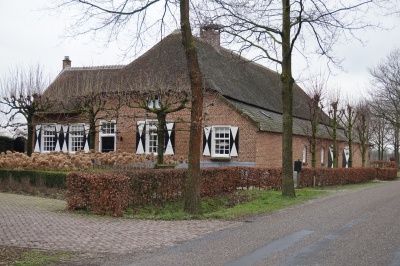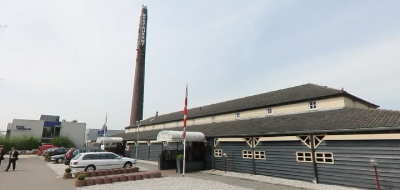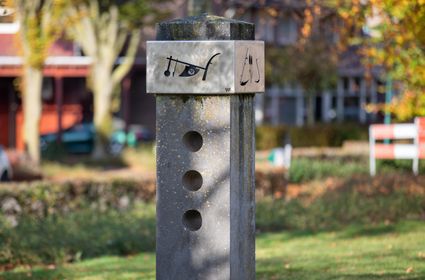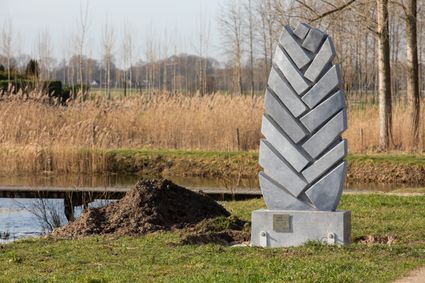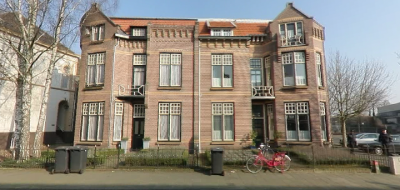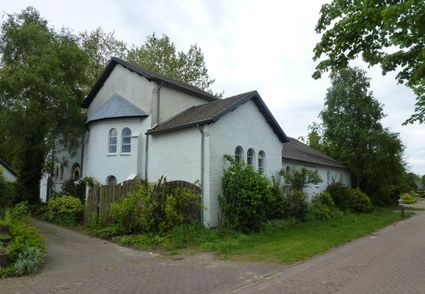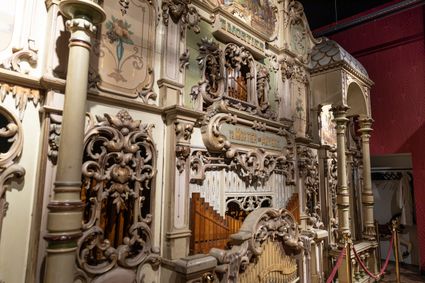Boerderij Aan de Stinckart
Neem contact op
Farmhouse On the Stinckart in Broekstraat is an old farmhouse listed as a municipal monument. It is a stool house, has a rectangular ground plan, but with the addition to the living area of a side extension with its own roof perpendicular to the ridge direction of the main building. This extension created an L-shaped floor plan: the shape of a door handle. Farmhouse and extension were not built at the same time. The annex appears to have been added during a conversion in 1857. Broekstraat 21 was rebuilt and partially restored between 2000 and 2002. Since then, there has been no business section and the entire building has been used as a residence.
Before the 1857 conversion, Broe…
Farmhouse On the Stinckart in Broekstraat is an old farmhouse listed as a municipal monument. It is a stool house, has a rectangular ground plan, but with the addition to the living area of a side extension with its own roof perpendicular to the ridge direction of the main building. This extension created an L-shaped floor plan: the shape of a door handle. Farmhouse and extension were not built at the same time. The annex appears to have been added during a conversion in 1857. Broekstraat 21 was rebuilt and partially restored between 2000 and 2002. Since then, there has been no business section and the entire building has been used as a residence.
Before the 1857 conversion, Broekstraat 21 had a rectangular ground plan. The farm was then a hall house. Hall houses are the oldest historical farms in our region. Traditionally, hall houses are wooden buildings. The main structure is formed by (usually) five anchor-beam trusses that were placed one behind the other. On top of the vertical posts of the trusses, so-called worms lay in the longitudinal direction of the building. The two worms on either side of the building carried the roof.
The old layout of Broekstraat 21 as a hall house is still recognisably present. A timber frame is present, which today consists of six anchor beams. Because the anchor beam trusses are numbered with so-called counting marks, we know that two anchor beam trusses were added over time. Archive research shows that the oldest part of the building was built not long before 1622. Five building phases can be distinguished. It was only around 1754 that the farmhouse first received a brick facade. In 1857, all facades were made of brick.
Phase 1: 1610-1622 Construction of a new house on what is now Broekstraat 21.
Phase 2: 1657-1660 Probably extension of the farm by one truss.
Phase 3: ca 1754 New owner Anthony van Dinther builds up the middle section of the front facade in brick.
Phase 4: 1857 Antony van Dooren converts the farmhouse into a stool house. At the same time, the building is widened and extended with a second truss. The side facades are rendered in brick.
Phase 5: 2000-2002 The farm is rebuilt by the Koenders family. The stable section also becomes residential.
Broekstraat 21 appears to be the oldest farm in Broekstraat.
Source: Jan Timmers, Boerderij 'Aan de Stinckart', van vakwerkgebouw tot bakstenen krukhuis, Gemerts Heem 2017, no 3
